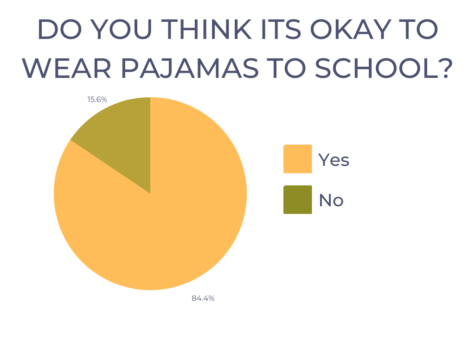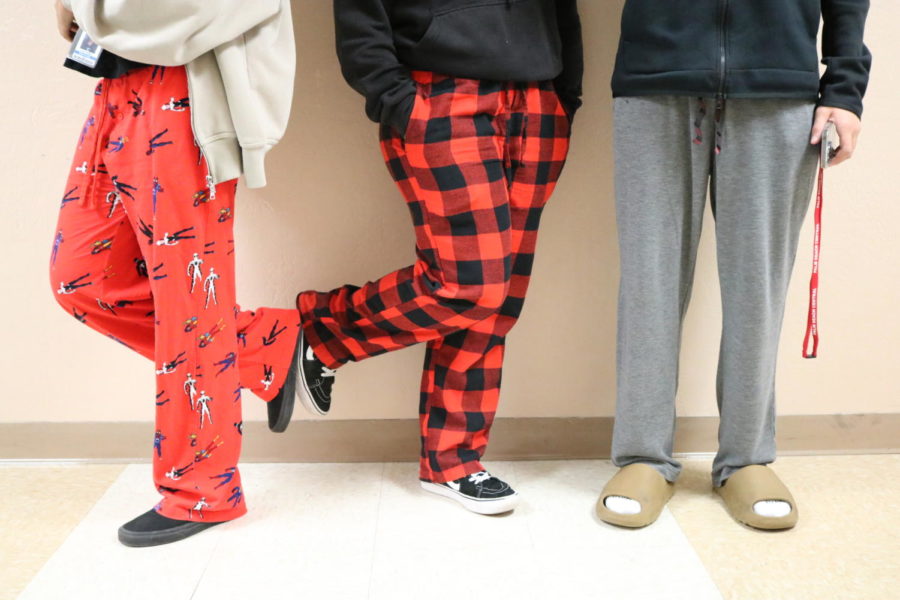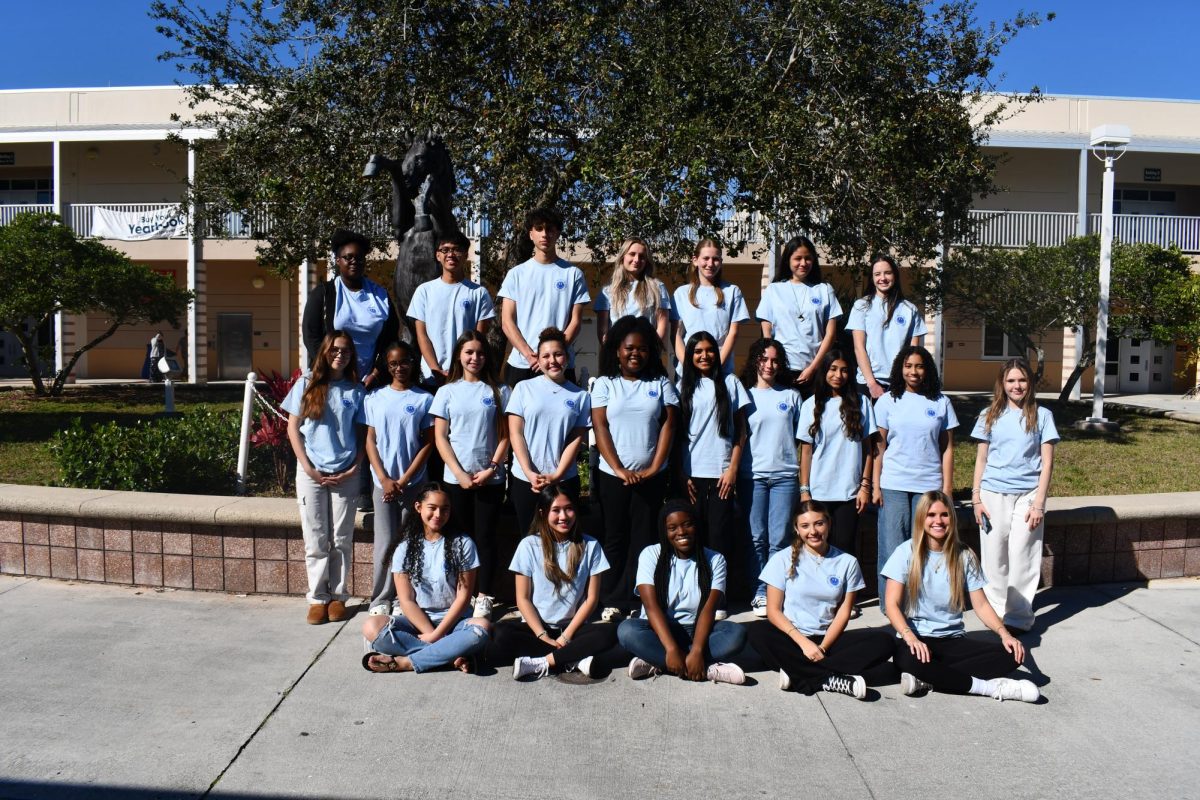Dressing down is new dressing up
Ever since COVID, pajama bottoms have become the norm for many students.
February 22, 2023
What used to be worn on spirit day has now become an everyday occurrence. Students were so used to wearing pajama bottoms during COVID it seems that the trend has become part of Central’s dress code.
“I do wear pajamas to school because sometimes waking up early in the morning and looking for clothes might take some time,” explained sophomore John Alzamendy, sporting plaid pajamas. “I have a very strict schedule that I have to follow.”
Many students didn’t dress up from the waist down when Google Meet was their classroom. The fact that pajamas are super comfortable and stylish, coming in all different colors and textures, only helps the cause.
When students wake up in the morning, the first thing in his/her getting ready routine is finding an outfit and that can be stressful and difficult, and at that point, some turn to pajama bottoms. They are more convenient, cute, and honestly comfortable since one can just roll out of bed. Wearing pajama bottoms for some can be seen as beneficial, and the best reason why is because they get more sleep. While most teenagers get about 6.5-7.5 hours of sleep (the CDC recommends 8-10 per 24 hours), pajama bottoms could get a person an extra 30 minutes of sleep.
Donning PJs, however, is a direct violation of the Palm Beach County School District’s dress code, Policy 5.182, iv. which states: “Clothing traditionally designed, as undergarments, such as boxer shorts or sleepwear, may not be worn as outer garments.” Despite this, it doesn’t seem to be enforced.
I think [wearing pajamas] is silly,” commented AP Mr. Willow Louis. “Pajamas are for home, something that you sleep in, not work in or go to school or a public place.”
Despite the opposing ideology, wearing PJs could quite possibly have an effect on the learning process. Psychologists Rick Bell, Armand Cardello, and Howard Schutz conducted a study to see if there is a correlation between exam performance and clothing attire. In the study, entitled “Relationship Between Perceived Clothing Comfort and Exam Performance,” student participants were asked to rate how confident they felt prior to taking the exam as well as how many hours they studied, and how comfortable they felt (they were allowed to choose their own clothes). The conclusion showed that the more comfortable the attire, the higher the exam score tended to be.
“Comfortable clothes help me better because I focus more on my work and less on if my clothes are bothering me,” explained sophomore Lola Borgman.
Many adults, however, would disagree with Borgman and the study’s findings.
“It’s not good because people should get dressed to come to school,” noted Mr. William Bartenslager, who teaches AICE Environmental Management and Experimental Science. “That’s why we should have uniforms.”
With the numerous growing concerns for the argument of whether pajamas should be worn to school or not, there is overbearing support for allowing students to wear pajamas to school, coming from teachers, too.
“I am not bothered by students wearing pajama bottoms, I’m just glad you guys show up.” expressed Ms. Jackson, an art teacher. “As long as you’re comfortable and not exposing yourself, it’s perfectly fine.”





